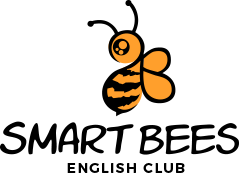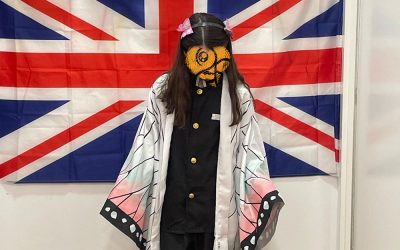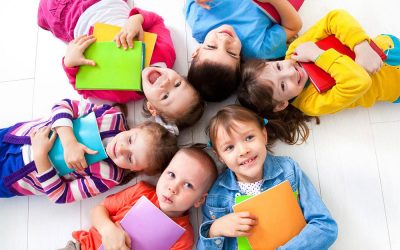The term “Gamification” was coined by Rajat Paharia in 2008, and it started to expand exponentially during the last decade. It is used in a significant way in numerous fields. However, it is in the education field where it has achieved truly positive results.
There is not a single definition of this term, but the majority share some similarities, which allow us to define it as the utilization of ludic resources and game-like elements as a strategy to promote a specific behaviour or action placed in a context that has nothing to do with games, and supposes a significant experience or learning to the user that participates.
Gamification contributes to the development of most Key competences but also to the development of:
- Loyalty: Gamification establishes a link between the student and the content that is being worked on, changing the perspective he/she has of it.
- Motivation: Gamification wants to be a tool against the boredom of certain contents applied in the classroom.
- Optimization: Optimization is understood as rewarding the student in those tasks in which you do not have any incentive.
- There are hundreds of Gamification tools we regularly use at schools nowadays:
–Classcraft: It’s possibly the closest thing to a video game. Classcraft is a kind of ‘World of Warcraft’ for education with a huge load of Gamification in class, a tremendously visual and attractive platform that allows you to create a world of characters (mages, healers and warriors) who must cooperate and participate in missions to gain points and gold with which to improve their equipment. The objective is to advance in a collaborative way while learning and developing their knowledge.
– Kahoot: which is a tool that allows you to create quizzes, discussions or surveys in a very intuitive way. It rewards the speed answering, as well as the correction of the response, and results are displayed in real time.
- Pear Deck: Is a presentation tool that allows students to receive in their devices extra information such as questions, drawing activities, visual aids and any other material that compliments the teacher’s explanation. Children’s answers can be sent in an anonymous way to the digital board in real time.
There are also many resources used to create a positive atmosphere in the classroom assigning positive and negative points to the student’s avatars, according to their behaviour, providing real-time feedback. In addition, it allows the communication with the parents in an instantaneous way. Boucy balls, classroomscreen, Class dojo, etc…
However there is room for more traditional, nevertheless effective, techniques to engage pupils and keep them motivated such as:
- Points’ accumulation: Some actions will give points to the group or the pupil. At the end of the week or in some period of time, student will be able to exchange these points for rewards such as having extra time in the playground, teacher rewards, time for doing homework, etc.
- Rewards: Whenever they pass an objective, they can collect rewards such as sweets, medals or diplomas. This will awaken interest in the game or activity.
- Challenges: Students can compete in groups or individually and points or rewards will be given to the best performance.
Por Andrea Cristina Rodríguez. Máster en Investigación en Psicología y Licenciada en Psicopedagogía.





